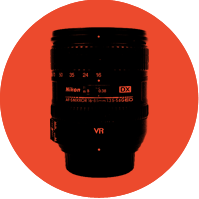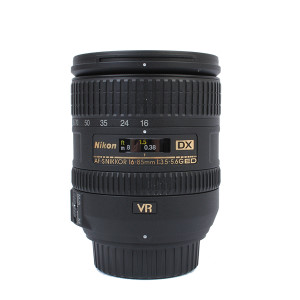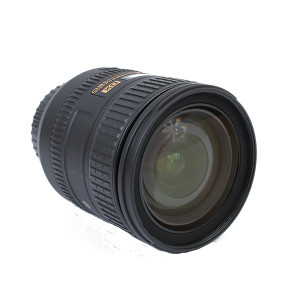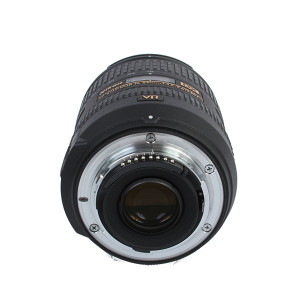
Learn & Explore Series Episode 81
"What You Should Know About the Nikon 16–85mm f/3.5–5.6G ED VR II DX Lens"

 Did You Know?
Did You Know?
The Nikon 16–85mm DX lens has internal focusing (IF), so the front element doesn’t rotate, thus accepting a polarizing filter.

 Did You Know?
Did You Know?
The Nikon 16–85mm DX lens has a minimum focus distance of just less than 1 foot, 3 inches (0.38m) and a magnification ratio of 1:4.6.

 Did You Know?
Did You Know?
The Vibration Reduction II technology on the Nikon 16–85mm DX lens has two modes: normal is for most shooting situations, such as stationary and moving subjects, and active, which is best used for situations where considerable vibrations may occur, such as the photographer and camera in motion.
Questions covered in the above interview:
- Doesn’t the DX designation mean this lens should be paired with an APS-C, or cropped sensor, DSLRs?
- What is the field-of-view equivalent in the full-frame format?
- What does the G designation mean on this lens?
- What does the ED designation mean on this lens?
- What does the VR II designation mean on this lens?
- How many stops are gained with this Vibration Reduction II technology?
- Is the Nikon lens compatible with current Nikon DX DSLR cameras?
- What skill level of photographer will benefit the most from using this lens?
- Of what materials is this lens manufactured?
- What kind of autofocus motor does this lens have and what are the specs of the AF system?
- How many and what kind of optical elements are in this lens?
- What size filters will it accept?
- What are the distortion characteristics of this lens?
- Is this lens meant for shallow depth-of-field compositions?
- Is it possible to find a used Nikon 16–85mm DX lens with plenty of life remaining?



